A New Chapter in COVID-19 Vaccine Policy: CDC and HHS Shift on Pregnant Women and Healthy Children
The landscape of the United States’ COVID-19 vaccine recommendations has undergone a significant transformation. Under the leadership of Health and Human Services Secretary Robert F. Kennedy Jr., federal agencies including the Centers for Disease Control and Prevention (CDC) have ceased recommending routine COVID-19 vaccinations for healthy children and pregnant women. This pivot reflects a dramatic shift in public health policy, signaling a reevaluation of risk-benefit considerations for these groups based on emerging data and evolving pandemic dynamics.
—
The Policy Change: What Has Happened?
The CDC, guided by the Department of Health and Human Services (HHS), announced the removal of the COVID-19 vaccine for healthy children and pregnant women from the recommended immunization schedule. Previously, these vaccines were broadly advised for all individuals above six months of age, encompassing these demographics.
This move effectively halts routine COVID-19 vaccinations for:
– Healthy children, who were previously encouraged to receive multiple booster doses.
– Healthy pregnant women, who were included due to concerns about virus risks during pregnancy.
However, vulnerable populations remain a focal point for vaccination efforts. The recommendation persists for individuals older than 65, those with underlying high-risk medical conditions, and pregnant persons with identified risk factors. This refined targeting aims to balance protection against COVID-19 with vaccine safety considerations.
—
Context Behind the Decision
The decision by Secretary Robert F. Kennedy Jr. and the HHS underscores several influential factors:
Evolving Clinical Evidence and Data
Initial vaccination campaigns prioritized broad coverage to mitigate unknown risks associated with COVID-19 across all demographics. Over time, data have accumulated regarding the relative risks and benefits of vaccination in low-risk groups such as healthy children and pregnant women without underlying conditions. The assessment appears to suggest that the routine administration of these vaccines no longer yields a favorable risk-benefit ratio in these populations.
Changes in Pandemic Dynamics
Widespread immunity, via both vaccination and prior infection, as well as less severe circulating variants, have likely diminished the absolute threat COVID-19 poses to healthy young individuals and pregnant women. Consequently, the urgency to maintain blanket vaccine recommendations for these groups has waned.
Policy and Public Health Strategy Shift
The policy recalibration may also reflect a broader attempt to optimize vaccination strategies. By concentrating resources on higher-risk cohorts, public health officials can better tailor interventions to those most vulnerable. Coupled with recent moves such as requiring placebo-controlled trials for new vaccines, these changes exemplify a more cautious, data-driven approach toward vaccine authorization and recommendation.
—
Reactions and Implications
Medical and Public Response
The decision has sparked a wide spectrum of responses. Some healthcare providers welcome the targeted approach, arguing it aligns more closely with individualized risk assessments and reduces unnecessary interventions. Parents and pregnant women might feel reassured by the emphasis on safety and personalization.
Conversely, others raise concerns about potential mixed messages in public health communication, fearing this might fuel vaccine hesitancy or undermine confidence in vaccination programs broadly. Experts have cautioned that removing routine recommendations could impede long-term COVID-19 control, particularly if vulnerable individuals or communities are insufficiently protected.
Impact on Vaccination Coverage and Insurance
The CDC’s immunization schedule heavily influences provider recommendations and insurance coverage. Removing COVID-19 vaccines for healthy children and pregnant women from this official list could reduce vaccination rates in these groups, potentially leading to gaps in immunity.
This change may also affect how insurers reimburse vaccine administration, influencing access and equity.
—
Broader Vaccine Policy Changes Under Kennedy’s Leadership
This shift does not stand alone; it coincides with broader proposed reforms, including mandating that all new vaccines undergo placebo-controlled trials. Such requirements, while enhancing scientific rigor, could slow down vaccine development and approval processes, possibly delaying responses to future outbreaks.
Furthermore, some critics argue that Kennedy’s vaccination policies risk undermining decades of progress in vaccine acceptance and preventive medicine, potentially exacerbating chronic illness burdens if preventable diseases regain footholds.
—
Conclusion: Navigating a Complex Public Health Transition
The cessation of routine COVID-19 vaccine recommendations for healthy children and pregnant women marks a watershed moment in the United States’ approach to pandemic management. It reflects a nuanced understanding that one-size-fits-all policies may no longer serve best in a world where COVID-19’s threat profile has evolved.
For healthcare providers, policymakers, and the public alike, this transition calls for clear, transparent communication to reconcile safety concerns, scientific evidence, and community expectations. As the focus sharpens on protecting those most at risk, continual vigilance and adaptability will remain critical in guiding vaccination strategies through the next phases of the pandemic and beyond.


